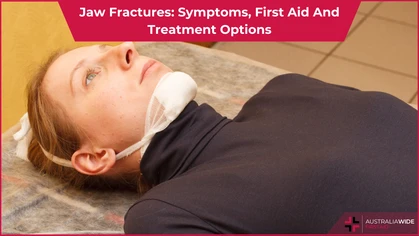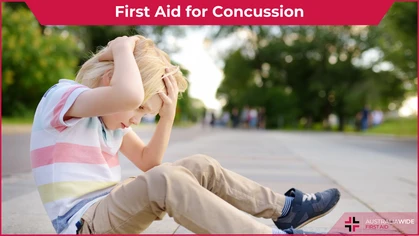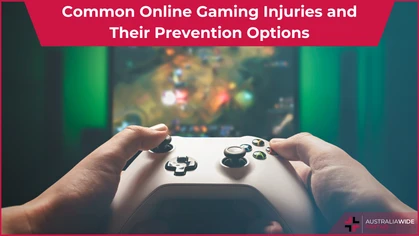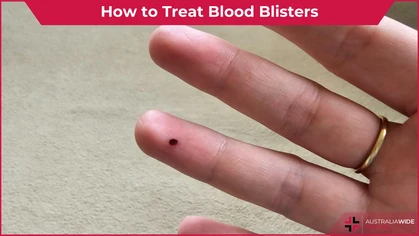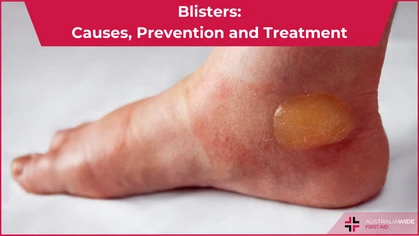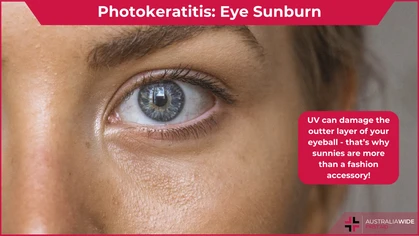Understanding and Managing Lip Injuries

Injury
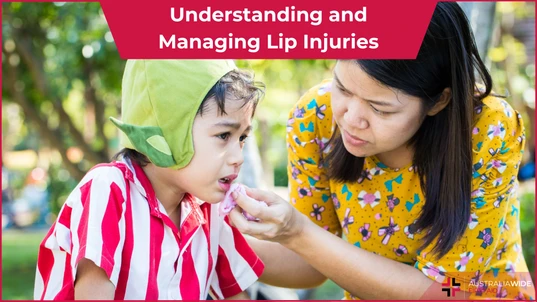 Lip injuries, while frequently considered minor in the broader context of bodily harm, are often surprisingly painful, inconvenient, and occasionally intricate to manage.
In this article we embark on a comprehensive exploration of the realm of lip injuries, delving into their causative factors, various types and available treatment options.
Lip injuries, while frequently considered minor in the broader context of bodily harm, are often surprisingly painful, inconvenient, and occasionally intricate to manage.
In this article we embark on a comprehensive exploration of the realm of lip injuries, delving into their causative factors, various types and available treatment options.
Causes of Lip Injuries
Lip injuries can result from a variety of causes, ranging from minor accidents to more significant traumatic events. Some of the primary causes of lip injuries are as follows:- Accidental Biting
- Falls and Slips
- Sports and Physical Activities
- Dental and Surgical Procedures
- Biting and chewing on foreign objects such as pens, pencils, or other objects
- Lip burns
- Exposure to chemicals or irritants
- Infections
- Allergic Reactions
Types of Lip Injuries
The type of Lip Injury a person has suffered guides the treatment protocol for the injury. Therefore, it is paramount for us to understand the different types of lip injuries.- Lacerations: Lip lacerations involve cuts or tears in the lip tissue, ranging from minor, superficial cuts to deeper, more extensive wounds.
- Contusions: Lip contusions are bruises caused by trauma or impact, often leading to discomfort but typically healing naturally over time.
- Blisters and Ulcers: These lip issues can arise from infections, allergies, or overexposure to the sun, each demanding specific diagnostic and treatment approaches.
- Burns: Lip burns can result from contact with hot substances, sun exposure, or chemicals. The seriousness of burns can vary, and treatment is contingent on the degree of damage.
First Aid for Lip Injuries
Providing immediate and appropriate first aid for lip injuries can make a significant difference in the healing process and minimize complications. Here are the steps to follow for effective first aid when dealing with lip injuries:- Stop Bleeding: If the injury is bleeding, use a clean cloth, sterile gauze, or a tissue to apply gentle pressure to the affected area. This helps control bleeding and allows you to assess the severity of the injury.
- Clean the Wound: If there is visible dirt or debris on the injured area, clean it gently with mild soap and warm water. Avoid scrubbing, as it may worsen the injury.
- Apply an Antiseptic: To reduce the risk of infection, apply an over-the-counter antiseptic to the wound. Avoid getting the antiseptic inside your mouth.
- Use an Antibiotic Ointment: Applying an antibiotic ointment can help prevent infection and promote healing. Be sure to follow the instructions on the product.
- Protect the Wound: Cover the injured area with a sterile bandage or dressing to keep it clean and free from further contamination. Ensure the bandage is not too tight, as it may impede blood circulation.
- Pain Management: Over-the-counter pain relievers, such as ibuprofen or acetaminophen, can help manage pain and discomfort. Follow the recommended dosage on the packaging.
- Stay Hydrated: Keeping yourself well-hydrated is crucial for the healing process. Drink plenty of water to aid in tissue repair.
- Avoid Irritants: Avoid consuming spicy or acidic foods, as well as tobacco and alcohol, as they can irritate the injured area.
When to Visit a Doctor for Lip Injuries
Knowing when to see a doctor for a lip injury is crucial, as prompt medical attention can ensure proper treatment and help prevent complications.- Deep or Extensive Wounds: If the lip injury is deep, or extensive, or the bleeding doesn't stop with gentle pressure, seek immediate medical attention. Deep wounds may require stitches to promote proper healing and minimize scarring.
- Injury to Surrounding Structures: If the injury involves other structures, such as teeth, or if there is damage to the gums, oral mucosa, or facial bones, consult a healthcare professional. They can evaluate the extent of the injury and recommend appropriate treatment.
- Signs of Infection: Watch for signs of infection, such as increasing redness, swelling, pus, or worsening pain in the injured area. If you suspect an infection, consult a doctor for appropriate treatment.
- Injuries Involving Embedded Objects: If the injury involves an embedded foreign object, such as a shard of glass, consult a medical professional. Attempting to remove such objects at home can worsen the injury.
Treatment Options for Lip Injuries
Suturing: Deep or extensive lacerations often require stitches to ensure proper alignment and minimize scarring. A healthcare professional will carefully suture the wound. In some cases, particularly for minor cuts or when stitches are not feasible, medical adhesive glue may be used to close the wound. Pain Management: Over-the-counter pain relievers, such as ibuprofen or acetaminophen, can help manage pain and discomfort. Antibiotics: If there is a risk of infection or if the injury becomes infected, a doctor may prescribe antibiotics. Wound Dressing: A sterile bandage or dressing may be applied to protect the wound and keep it clean. Follow-Up Care: Healthcare professionals may recommend follow-up appointments to monitor the healing process, ensure the stitches are removed at the appropriate time, and address any concerns. Specialized Care: In cases of complex lip injuries, particularly those involving multiple facial structures, a plastic surgeon or an oral and maxillofacial surgeon may be consulted to ensure the best cosmetic and functional outcome.Conclusion
It's essential to follow the advice and treatment recommendations provided by a healthcare professional when seeking treatment for a lip injury. Timely and appropriate care can help prevent complications and promote a successful recovery. Keep healthy and smiling!
Originally published at
https://www.australiawidefirstaid.com.au/resources/understanding-and-managing-lip-injuries
as part of the Australia Wide First Aid Articles Library


